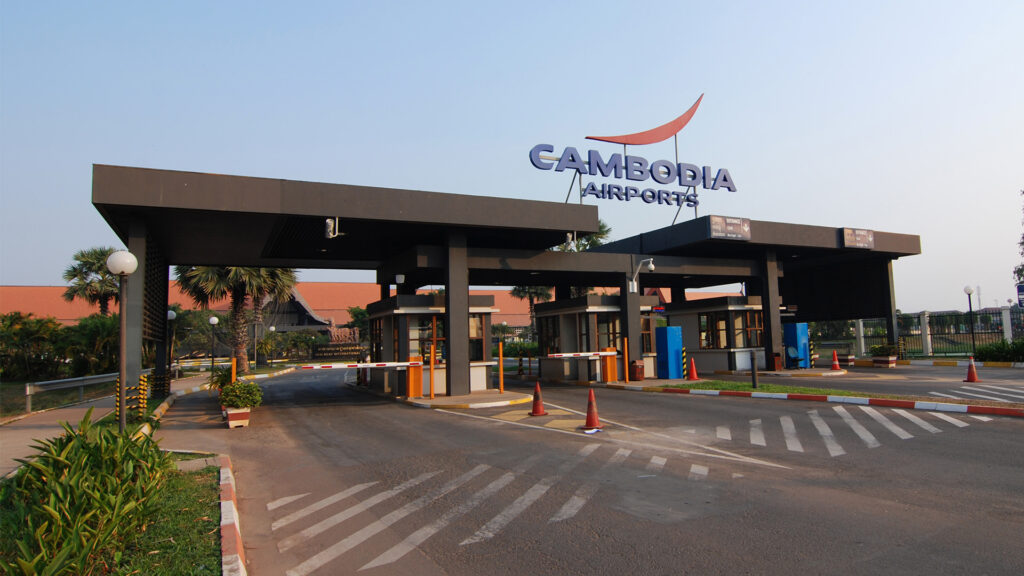
General Aviation insurance: AVN1D ‘certification’ complete, March 2015
After many decades of forming the cornerstone of predominantly General Aviation insurance business, London Aircraft Insurance Policy Form AVN1C is set to be supplanted by a new wording – AVN1D. Following a period of consultation and referral for further consideration, the Aviation Insurance Clauses Group (AICG) agreed and published the current wording of the new policy on 5 August 2014.
Key changes introduced by AVN1D
The new policy has created more clarity by introducing new definitions and expanding old ones. Further, it has added new sections such as ‘Choice of Law and Jurisdiction’, a provision relating to theft of aircraft, and it has also extended ‘Defence and Settlement’ conditions, thereby providing a greater degree of control to the insurance market. Most importantly, AVN1D has been updated to echo wording familiar to standard airline policies and international conventions, as well as to take account of industry developments. From an aesthetic perspective, the layout of the new policy has been simplified to make it more user-friendly.
Section 1 – renamed ‘Physical Loss or Damage to Aircraft’, it potentially narrows insurers’ exposure to risk areas and reduces the scope of their obligations to indemnify the insured.
- Insurers’ ‘choice’ element of repairing, replacing, paying for or making good has been removed. Instead, indemnification is now simply a case of making a payment.This should reduce the scope for insurers becoming embroiled in disputes relating to sub-standard repairs.
- Introduces coverage in the event of the aircraft making a forced landing, including instances of force majeure.
- The exclusions applicable to Section 1 impose a stricter test on the insured for engine claims in that the damage must be of such a severity that it “requires the engine unit to be immediately withdrawn from service upon first landing…”.
- Section 1 expressly excludes wear and tear type damage, which means that long-tail and protracted claims can be avoided.
- Section 1 also excludes “theft of an Aircraft by an insured or with their knowledge or consent”, making the policy more definitive about the circumstances in which misappropriation-type events may be covered.
Section 2 – deals with legal liability to third parties.
- The new wording is more specific, focusing on the insurer having to pay compensatory damages to third parties caused by an occurrence arising from the use of the aircraft by the insured, as against indemnifying the insured for all sums “which the insured shall be legally liable to pay…as compensatory damages… caused by the Aircraft or by any person or object falling therefrom (the old AVN1C wording).
- ‘Occurrence’ is defined in the new policy as “… an accident or a continued exposure to conditions occurring during the period of insurance, which results in Bodily injury and Property damage…neither expected nor intended from the standpoint of the Insured…”.
- Section 2 does not apply to bodily injury sustained by employees in the course of their employment with the insured.
Section 3 – addresses legal liability to passengers.
- The new wording is more closely aligned to Convention principles: the insurers “agree to pay on behalf of the insured…compensatory damages for bodily injury to passengers whilst entering, on board, or alighting from the Aircraft”.
Miscellaneous
- AVN1D replaces terminology like ‘amount assured’ with agreed value, ‘accidents’ with occurrence and ‘injury’ with bodily injury.
- The new term ‘Total Loss’ provides insurers with some discretion over when they could be expected to pay for the replacement of an aircraft.
- There are extended definitions of business and private pleasure, which now include “continuation training of permitted pilots named in…the policy schedule” while business now includes “use for the transportation of executives, employees, guests of the Insured and their…baggage and cargo but not use for hire or reward”.
- Defence and settlements provision
- This is applicable to Sections 2 and 3 and is a much more detailed variant of the old provision.
- Defence and settlements provision
- It gives insurers the usual discretion to defend and settle claims but clarifies that whilst the costs of doing so are in addition to the prescribed limit of insurers’ liability, any costs of a claimant awarded against the insured cannot be in addition to such limit.
Choice of law and jurisdiction
- Previously, English law was the applicable law and disputes were to be referred to arbitration in London.
- Now, it is up to the parties to agree by means of the Policy Schedule which law should apply and to which jurisdiction they choose to submit.
Fraudulent claims
- The insurer now has the option of refusing to pay the whole or part of a claim, as well as terminating the cover and recovering (or retaining) any or all premium paid by the insured.
General conditions applicable to all sections
- AVN1D adds a new provision relating to embargo or sanctions, which is a carbon copy of AVN 111.
Exclusions applicable to all sections
- Whilst the policy does not apply while the aircraft is outside the geographical limits specified in the policy schedule, the exclusion will not operate if there is a forced landing or in the event of force majeure.
- In the spirit of creating more certainty, AVN1D adds separate attachments containing exclusions which form part of the policy. Thus, the policy does not cover:
- Attachment 1: War, hijacking and other perils exclusion clause (Aviation) – AVN48B (Section IV(A) paragraph 10 of the old policy)
- Attachment 2: Nuclear risks exclusion clause – AVN38B
- Attachment 3: Noise and Pollution and other perils exclusion clause – AVN46B
- Attachment 4: Date Recognition exclusion clause – AVN2000A
- Attachment 5: Contracts (Rights of Third Parties) Act 1999 exclusion clause – AVN72.
- Attachment 6: Asbestos exclusion clause – 2488AGM00003
Conclusions
The new policy has been adapted to be much more consistent with standard airline policies, other instruments used in the aviation sector, general changes in the law of contractual obligations and even to echo the wording of the international conventions.
Its overall aim is to give the insurer a greater degree of control and certainty when it comes to the key insuring provisions. Efforts have also been made to clarify the precise scope of cover available.
This Briefing does not provide an overview of all changes, but only some key ones. For more information, please contact Edward Spencer, Partner, on +44 (0)20 7264 8314, or edward.spencer@hfw.com, or your usual contact at HFW. Research conducted by Natalia Golovataya, Trainee Solicitor.
Download a PDF version of ‘General Aviation insurance: AVN1D ‘certification’ complete, March 2015’











-1024x576.jpg)